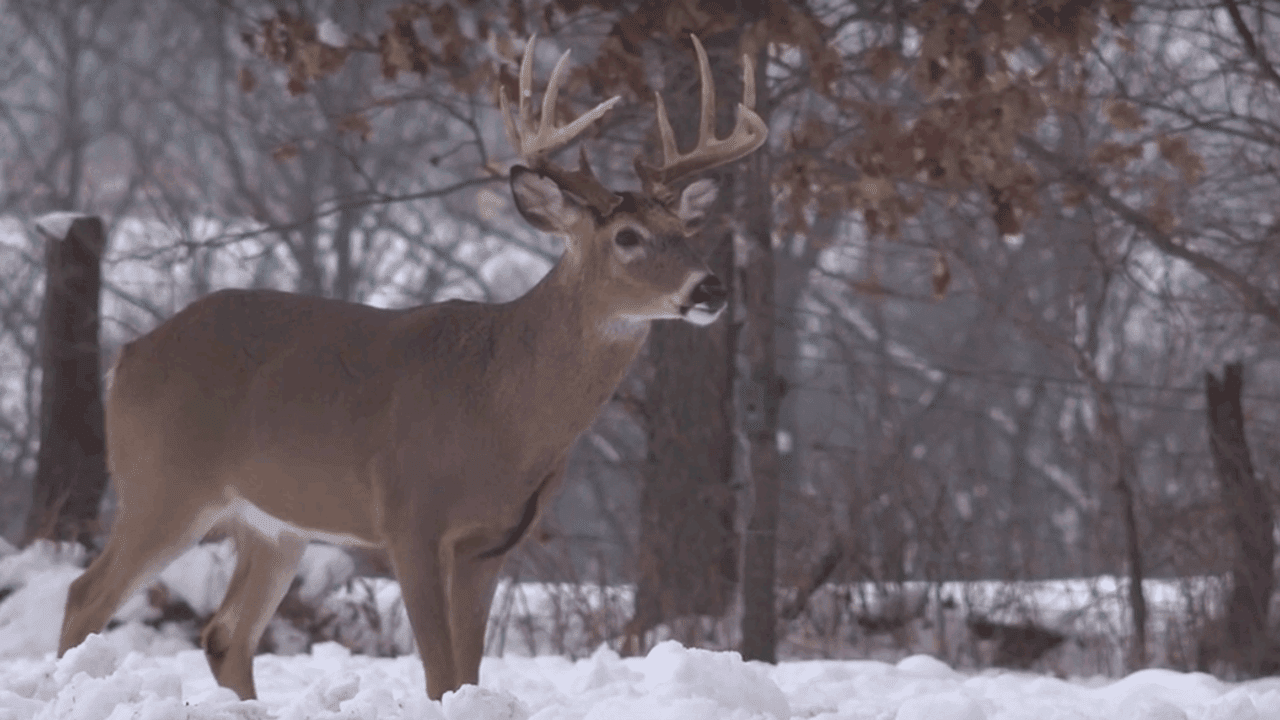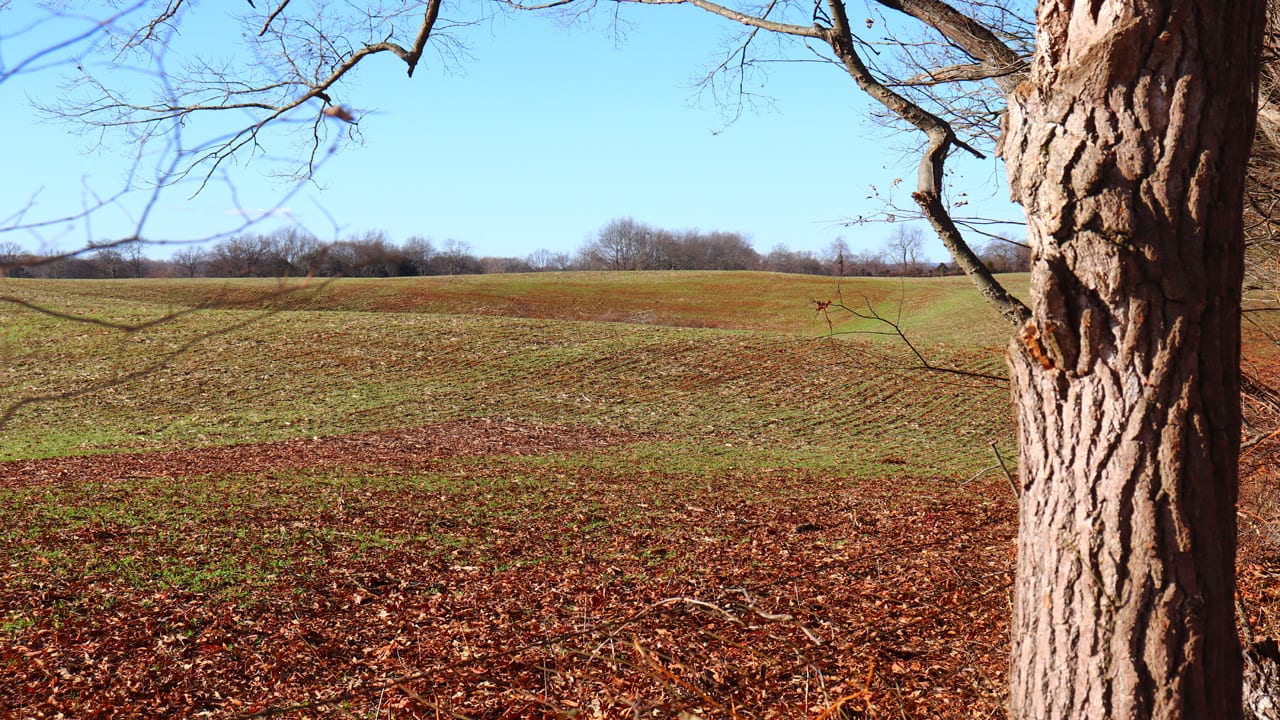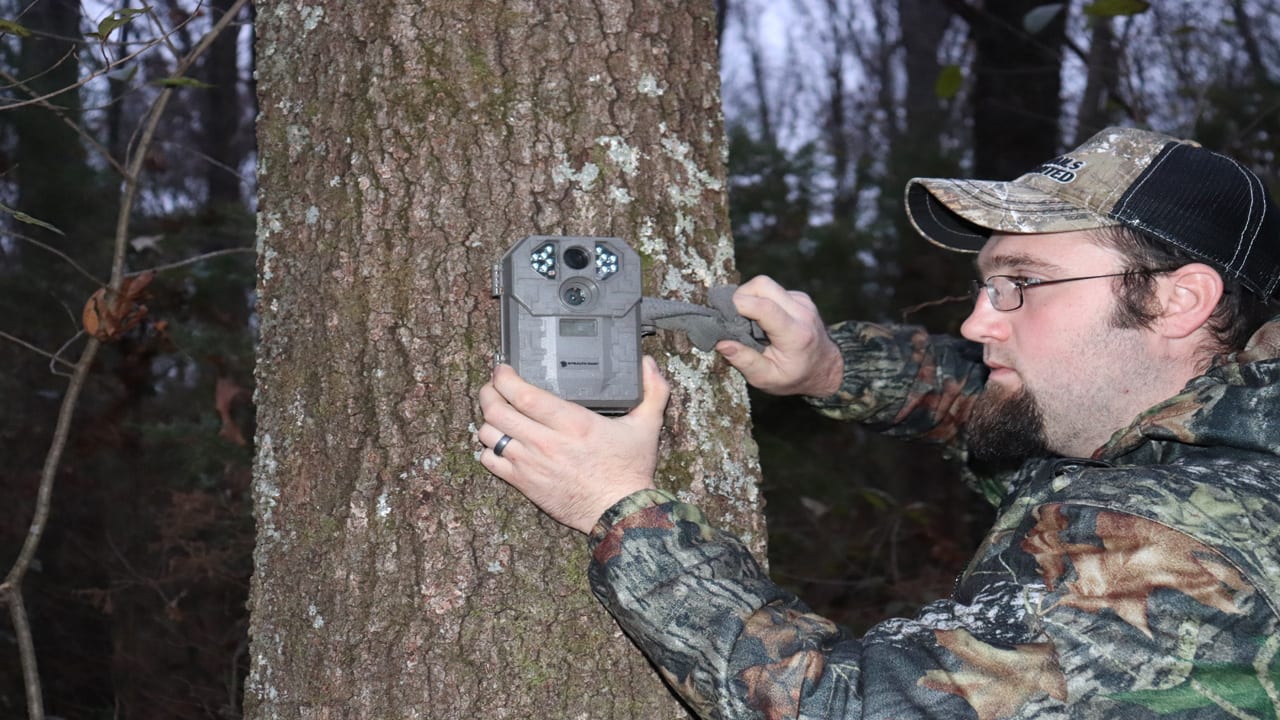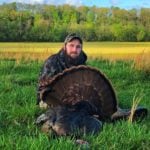It is only natural for a hunter to feel dismayed at the prospect of going into the late season, having yet to end a hunt with any level of success. The exuberant optimism of the early season has given way to low expectations and the growing smell of tag soup cooking just over the horizon. The rut has passed from grasp, absent in its delivery of the fruitful hunt that you had hoped for.
At times, it can be difficult to remain hopeful when, despite your best efforts, you find yourself with your back against the wall, and the final days of season closing in. However, this level of discouragement can easily be the late-season hunter’s stumbling block. The failure to see the productive qualities of the latter half of the season can prevent you from hunting it to its full potential.
Many hunters fail to see the forest for the trees when it comes to late-season hunting opportunities. Contrary to what is typically assumed, the late-season can be a hunter’s best time to punch tags and fill the freezer with fresh venison. Although this seems counterintuitive, there are a number of reasons as to why you should take late-season hunting every bit as serious as your early season endeavors.

Is hunting the late-season worth it? Here’s 3 reasons you should be hunting the late-season.
Deer Become Predictable
During the bitter cold that is felt across much of the country during the late-season, deer are desperately searching for the highest quality remaining food sources. At this point in the season, bucks have expended much of their fat and energy reserves, as they have spent the previous weeks frantically searching for any available does. Contrary to early-season, which features a relative buffet for browsing deer, regular frosts and several hard freezes severely, limit the availability of palatable nutrition that remains for consumption.
If you can locate a high-quality food source at this point in the season, odds are good that you will be on deer from the word “go.” Deer often bed close to these favored late-season food sources, as to conserve energy in their travels. Daily patterns frequently become no more involved than a basic bed to feed routine.
Through careful scouting, a hunter can pinpoint the time and frequency of such movements, therefore planning accordingly to seize the opportunity as it presents itself. With a thorough knowledge of daily deer travel patterns, and a sound strategy in mind, all that remains is to choose a stand location that puts the wind in your favor and make your way to your destination undetected.

Do you know where to hunt during your late season efforts? Glassing large grain fields are an excellent way of gaining much needed intel.
All-Day Opportunities
If you thought the days of 12 hour treestand vigils came to a halt when the last does were bred, you might be missing out on a significant part of late season hunting. Contrary to popular belief, during the tail end of season, deer movement does not experience much of a drop off during the midday hour under the bulk of circumstances. In fact, many quality late season bucks are taken between the hours of 10 AM and 2 PM every year.
This goes back to the reliance by deer upon any available food sources to sustain them through this harsh period. Deer typically rise from their beds to feed a short distance away on multiple occasions throughout the day. However, during the late season, this urge for periodic nourishment throughout the day drives deer to make brief appearances at larger nearby food sources, due to a lack of suitable browse within close proximity of their beds.
This creates a phenomenal opportunity for patient hunters who are willing to wait out a buck who must venture out in search of a meal at some point during the day. By heavily scouting an area prior to hunting, you will be able to gain a thorough understanding regarding which food sources deer utilize under these circumstances and how to capitalize upon the opportunity that this presents.
Pressure Is Reduced
During the late-season, there are commonly far fewer hunters in the woods than was the case during earlier portions of the season. This is due to several factors, one of which being, a lack of hunter participation in the weather extremes that are common to this segment of season. Nothing separates fair-weather hunters from the die-hards like single-digit weather and blistering 20 MPH wind gusts. During days of brutally cold temperatures, many areas will be void of heavy hunter activity.
Other factors that play into reduced hunter numbers during the late season include individuals not being present due to previously filling their tags, overlaps in other game seasons such as the case of duck or rabbit hunting, and seasonal obligations that come with the holiday season. No matter the reason for the decrease of hunters in the woods during the latter half of the season, this spells an advantage for those with a tag that is yet to be filled, especially those hunting public land.
Deer instinctively avoid excess contact with anything that they deem a threat, with humans being no exception. Patterning deer can be difficult when bedding cover, travel corridors, and feeding locations are in a constant state of disruption due to hunter intrusion. This often leads to deer moving primarily under the cover of darkness, or a complete abandonment altogether of areas that see heavy hunter foot traffic. The late-season suppression in hunter numbers allows deer to return to their daily patterns in a relative state of ease, thereby making them far more predictable for the late-season hunter that lays in wait.

Trail cameras can be an extremely efficient means of getting the drop on post rut bucks as they settle into more predictable patterns.
Better Late Than Never
Although a vast number of hunters overlook the late-season as a period with a high propensity for tag filling potential, the reality is that those who buckle down and remain relentless in their dedication to the craft, commonly experience some of their most productive hunts of the year. This year instead of relegating yourself to a seemingly imminent bowl of tag soup, soldier on and stay the course. The buck that you await might very well be just over the next frost-covered rise.

 By
By 



